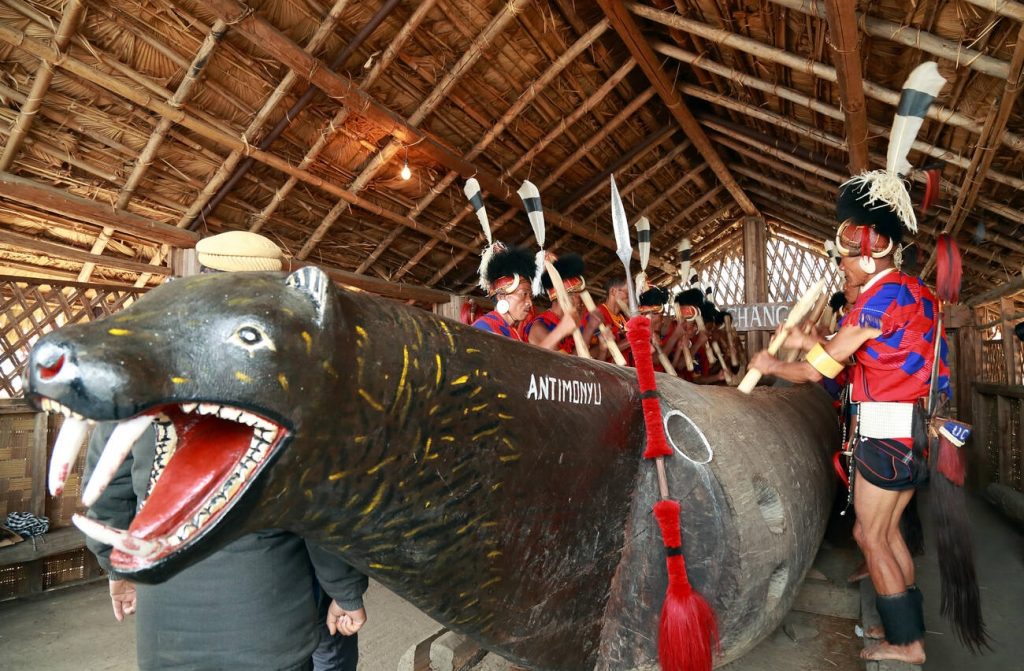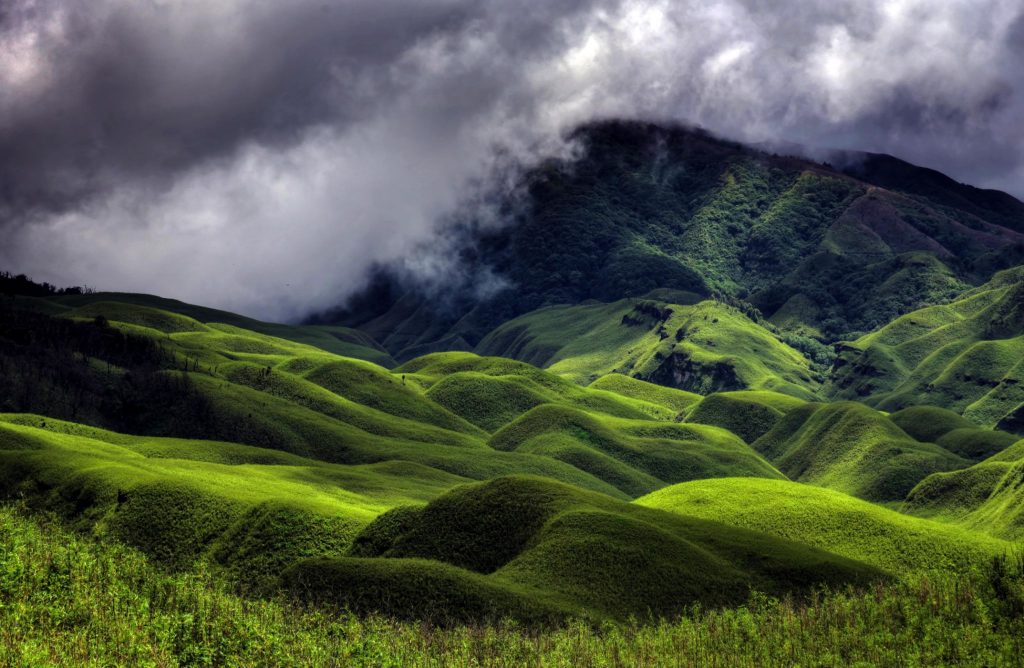Why you should experience Hornbill Festival Trip?
Hornbill Festival trip is a ten-day cultural extravaganza held every December 1-10 to encourage, nurture, and promote Naga tribes and people’s rich, dynamic, and diversified culture. It is the land of mythology and myths, as well as the valiant warriors and hunters lauded in the land’s folk songs. It is organised by the State Government of Nagaland and is the oldest festival of its kind among all the states of Northeast India, having started in the year 2000.
Every year in the month of December, the state celebrates this age-old celebration. For those who are unaware, this is one of Nagaland’s major indigenous warrior tribes’ ceremonies. The Nagas have a long history of preserving their culture and traditions. Travellers from all over the world go to this festival to experience the tribe’s uniqueness and spend time with the inhabitants to learn about their culture firsthand. The Hornbill festival is held at the Naga Heritage Village in Kisama, located around 12 kilometers from the capital of the Nagaland, Kohima.
Hornbill, as the name implies, is the name of a bird that has long been depicted and revered by the Nagas. The importance of this bird is depicted in the traditions and songs sung throughout the event. Naga people and warriors utilized the feathers of this bird to embellish their headgears. The government attempted to encourage people not to hunt these birds and instead protect them, but all of their efforts were futile.
This species of bird was on the verge of extinction due to widespread hunting, which was a wake-up call for Nagas. Since the festival was first held in the year 2000, it featured folk songs and dancing, traditional games, and even songs from their conflicts while today, it is a great event that attracts people from all over the world to participate.
Experience Hornbill Festival Trip With Oddessemania

Why you should do Dzukou Valley trek ?
The Dzüko Valley is a place located in borders of the state of Nagaland and Manipur in the Southern Angami region of Northeast India. This valleWhy you should experience Hornbill Festival?y is well known for its natural environment, seasonal flowers and flora and fauna. It is situated at an altitude of 2452 m above sea level. Major flora found in the valley is the strong bamboo brush, but the main feature is the plethora of seasonal flowers that bloom every summer. Two freezing cold rivers, Dzukou and Japhu, flow through the valley, crossing each other’s paths and adding to the overall splendour of the place.
The word Dzüko Valley comes from the Viswema dialect of the Angamis, where ‘Dzüko’ loosely translates to ‘Soulless and Dull,’ referring to when some Viswema ancestors who migrated out to create a new village in Dzüko were unable to gather crops owing to bad weather circumstances which led them to say “the valley is very beautiful but is dull and soulless.”
The Dzukou valley trek is an easy to moderately difficult trek which is suitable for any healthy person. It is one of the finest valleys and an iconic natural tourist area in Northeast India. Although the best season to visit is from October to May, even the monsoon season, which is from June to September, is great for visiting . Around that time, you may expect to see colourful and fresh seasonal flowers like Dzukou lily, which is indigenous to Nagaland, aconitum, euphorbia, and multi-colored rhododendrons blooming all over the valley. Fauna including the Asian golden cat, the Hoolock Gibbon, the Dzuko Valley horned toad (Megophrys dzukou), several other species of animals like the clouded leopard, the Asiatic black bear, the capped langur are found.

There are two ways to get to Dzukou Valley. The route through Zakhama Village is shorter, steeper, and more challenging, and is normally preferred by experienced hikers. Viswema Village is the lengthier route, which has relatively easier ascents and descents.
Overview
Trip Summary
After you arrive at Kohima you will be taken to the Hornbill festival, located at Kisama heritage village. You are going to stay at the campsite where you can explore different Naga cuisines and the beautiful village. The next day you can enjoy the cultural programs and also get a chance to interact with the various tribes. On the third day you will be dropped at Kohima after leaving the festival premises.
When To Plan Dzukou Valley Trek?
Dzukou Valley Trek can be done for through out the year. But to get the best view you should do it between June to December . But the trek is not same in every month .
In June
From April to August you will get the most beautiful view of Dzukou valley as the Dzukou Lilly Bloom . Moreover the whole valley become green as the rainy season starts.
In September to Decmber
During this period the valley is less greenish and become dull. The view is still great and you can do camp easily nearby the basecamp.




